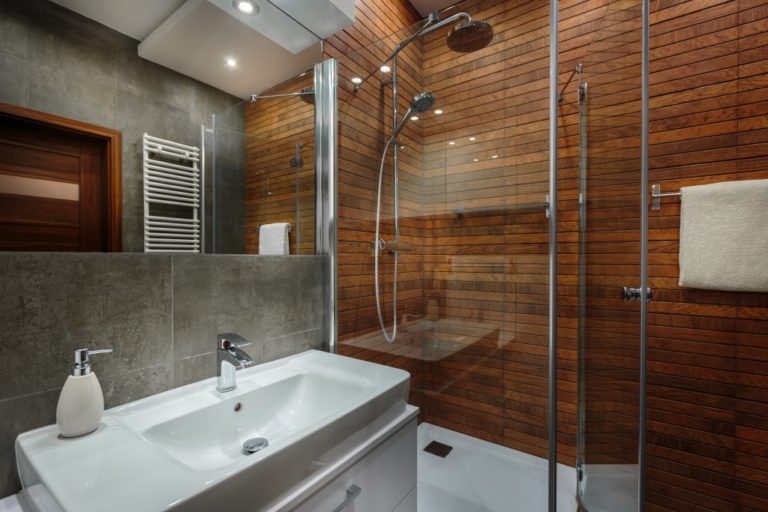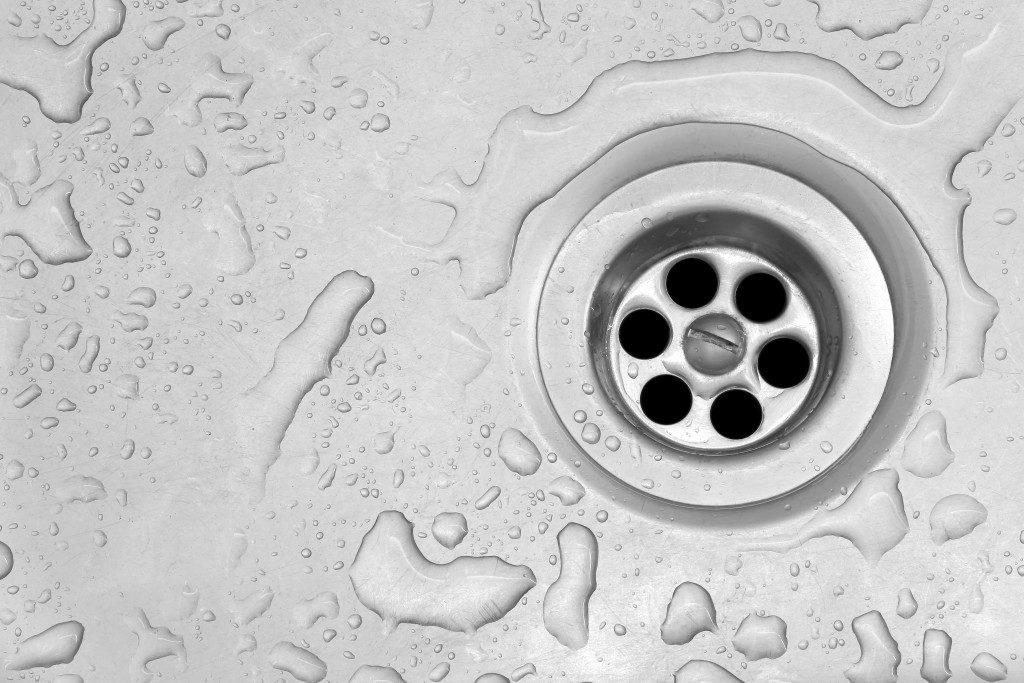Taking a nice, hot shower after a long day's work can be rewarding for a lot of people. After the 15-minute break from the world, reality snaps back. In your moment of clarity, you see everything that's bad in your bathroom.
From the rot on your wall to that bit of mildew on your shower door, what's supposed to be a place of cleansing has nearly become a biohazard. The good news is that you don't have to call the CDC to fix the problem.
Regularand proper bathroom maintenance and cleaning can help you keep away grime, molds, and all sorts of problems that plague the bathroom.
Fortunately, here are some ways you can do to clean and maintain your bathroom, sorted according to importance.
The Toilet
This should be cleaned and maintained more frequently than any other part of your bathroom. After all, you might be able to go for days without taking a bath or a shower, but you definitely can't take hours of holding off number two.
Check vigilantly for any leaks and regularly check the health of the toilet. As for cleaning, use your preferred toilet cleaning agent and scrub away thoroughly with your toilet brush. You can also use baking soda and vinegar for a more organic approach.
The Shower
Always have proper ventilation when cleaning the shower, especially if you're using chemical cleaning supplies to ventilate the fumes. For the showerhead, scrub it to remove any debris. You can also put a vinegar solution into a plastic bag and put it around the showerhead, then let it sit for an hour to remove remaining deposits.
Use your trusty cleaning agent and sponge to clean the tub or the shower walls and floor. Remove any hair on the drain. If it's clogged, use your plunger to clear blockages. You may also use chemical drain cleaners. If all else fails, call a plumber.
The Floor, Walls, and Ceiling
With your cleaning agent on one hand and a scrubbing sponge on the other, scrub the tiles on the floor and walls of your bathroom. You can also do this on your bathroom's ceiling. For the grout, use a grout brush and bleach to scrub it. However, it's always best to seal the grout every six months to maintain it.
If there's rot, mildew, or mold present in these areas, check where the mold is coming from first. Make sure your home is properly ventilated and moisture-free to prevent molds from coming back after cleaning. If the problem persists, have it remediated by a professional.
The Exhaust Fan
Some homes, especially apartment units, don't have proper bathroom ventilation, thus the need for exhaust fans to suck away any smell. But they also need to be properly cleaned and maintained to keep the motor going. Turn it off first through its switch or via the circuit breaker before doing anything. Wash the exhaust cover with warm soapy water and scrub it, then leave it to dry before reinstalling. Use a vacuum cleaner in the exhaust fan's interior to clean the motor.
The Sink
Just like how you've cleaned and maintained your shower, use your favorite cleaning agent and your trusty scrubbing sponge to clean the sink. You also need to check the pipes for any leakage. If there's clogging, use chemical drain cleaners or even a baking soda-vinegar solution to unclog the drain. Failing that, call a plumber.
Everything Else
Replace anything that needs replacing and fix anything that needs fixing. Call your water heater repair provider. Set new bathroom rugs. Replace the towels with fresh ones. If you use shower curtains, change them every month and have them cleaned. Use a microfiber cloth to wipe lint, dust, and toothpaste specks off from the mirror. If you have hairdryers, make sure they're in tip-top shape with regular cleaning.
Despite the cleaning nature of bathrooms, they don't self-clean and self-maintain. Don't let your bathroom ruin a good shower experience; follow these tips.





